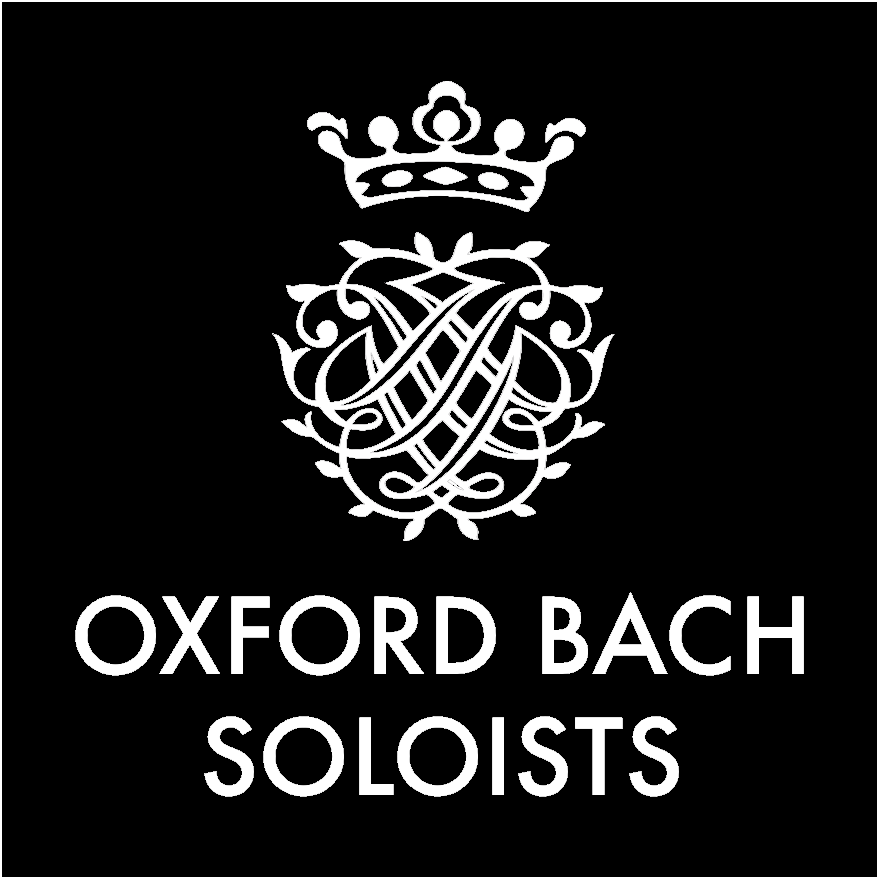Find out more about some of the instruments played by our ensemble in our new series, Bach’s Band. Our latest newsletter is by Fatima Lahham on the Baroque Recorder!
What are the essential features and sound of the Baroque recorder?
The paradox of the recorder lies in its encompassing of extremes. The simple technique needed to make a sound means that children are handed the instrument in Year 1, yet this simplicity is shackled to a remarkable level of skill required for mastering the instrument, which itself is a large part of the reason why children often don’t continue beyond Year 4.
The prized purity of the recorder’s clear bright sound is allied to the need for shaping or shading that basic tone by the player in order to blend, tune, or seek variety. Above all, the intensely earthy physicality of blowing down a column of wood could not be more basic and fundamentally unsophisticated, yet the direct relationship between musician and instrument, and between the player’s breath and the immediacy of the resulting sound, renders the recorder an almost alchemic tool of transformation.

How do original Baroque recorders differ from modern copies?
Playing Baroque instruments offers a radically different experience to playing modern copies of these instruments. I have been lucky enough to play and work extensively with the instruments in the Bate Collection in Oxford, and in particular with their original Bressan alto recorder made by Pierre Jaillard in about 1720.
The best way I can describe the difference is that after playing this original instrument, a modern copy sounds empty. I don’t know whether it’s the density of wood, or something else, but the Bressan truly does not feel like a hollow column of wood, but rather makes you believe it is filled with something solid that offers a resistance against which to coax a delicious abundance of colourful sounds.
Even writing about it now, I’m desperate to play it! It’s really an extraordinary instrument, and however reliable and lovely modern reproductions are, I’m not convinced there will be ever be a copy to match it.
How do original Baroque recorders differ from modern copies?
The recorder appears both in Bach’s cantatas and in Brandenburg Concertos II and IV. I’m not sure that I’d want to make any sweeping generalisations about how Bach writes for recorder, since I think he treats it differently in each case. However, I do think that the way he exploits the colours, articulation possibilities, and language of the recorder’s sound shows an intimate understanding not only of what the recorder is capable of but of the quality of sound and what it evokes.

Why is it important for recorders to be used when performing Bach’s work today, given that the recorder parts have been and are often still performed on modern flutes?
The palette of colours, articulations, emotions, densities, and characters that the recorder contains mean that it is able to translate Bach’s parts into a story that the modern flute simply would not know how to tell. That is not to say there is anything wrong with performing Bach’s recorder parts on modern flute, simply that a completely different story will be told, and perhaps one that misses the full musical narrative that I believe Bach writes into his instrumental parts.
One specific example I can give is of two recorders playing in unison, which often happens in the recorder parts of Bach cantatas. On modern flute the effect is to strengthen the sound, whereas on recorder one player will probably be using alternative fingerings to the standard ones for each note in order to melt into the sound of the other player, which results in a unique translucency and glimmer.


